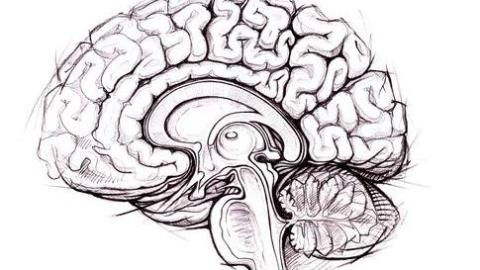Lucid Dreaming Gives Scientists a Window into the Nature of Consciousness

What’s the Latest Development?
By looking at the brains of people who become aware that they are in the midst of a dream, so-called lucid dreamers, scientists have been able to better locate the neurological roots of consciousness. “Studies employing magnetic resonance tomography (MRT) have now been able to demonstrate that a specific cortical network consisting of the right dorsolateral prefrontal cortex, the frontopolar regions and the precuneus is activated when this lucid consciousness is attained. All of these regions are associated with self-reflective functions.” The study was conducted at the Max Planck Institutes of Psychiatry in Munich and for Human Cognitive and Brain Sciences in Leipzig, Germany.
What’s the Big Idea?
By comparing which parts of the brain are active during normal dreaming, when people experience images and emotions but are not self-aware, with the brain patterns of lucid dreamers, scientists can identify which brain activities are characteristic of lucid awareness. This gets to the heart of the mystery that is the human capacity of self-perception, self-reflection and consciousness development—all phenomena which we experience as fundamentally different from other observable events. Given current tools, it has proven difficult to observe the brain in its transition from unconsciousness to consciousness, but lucid dreaming is a notable exception to that trend.
Photo credit: Shutterstock.com





